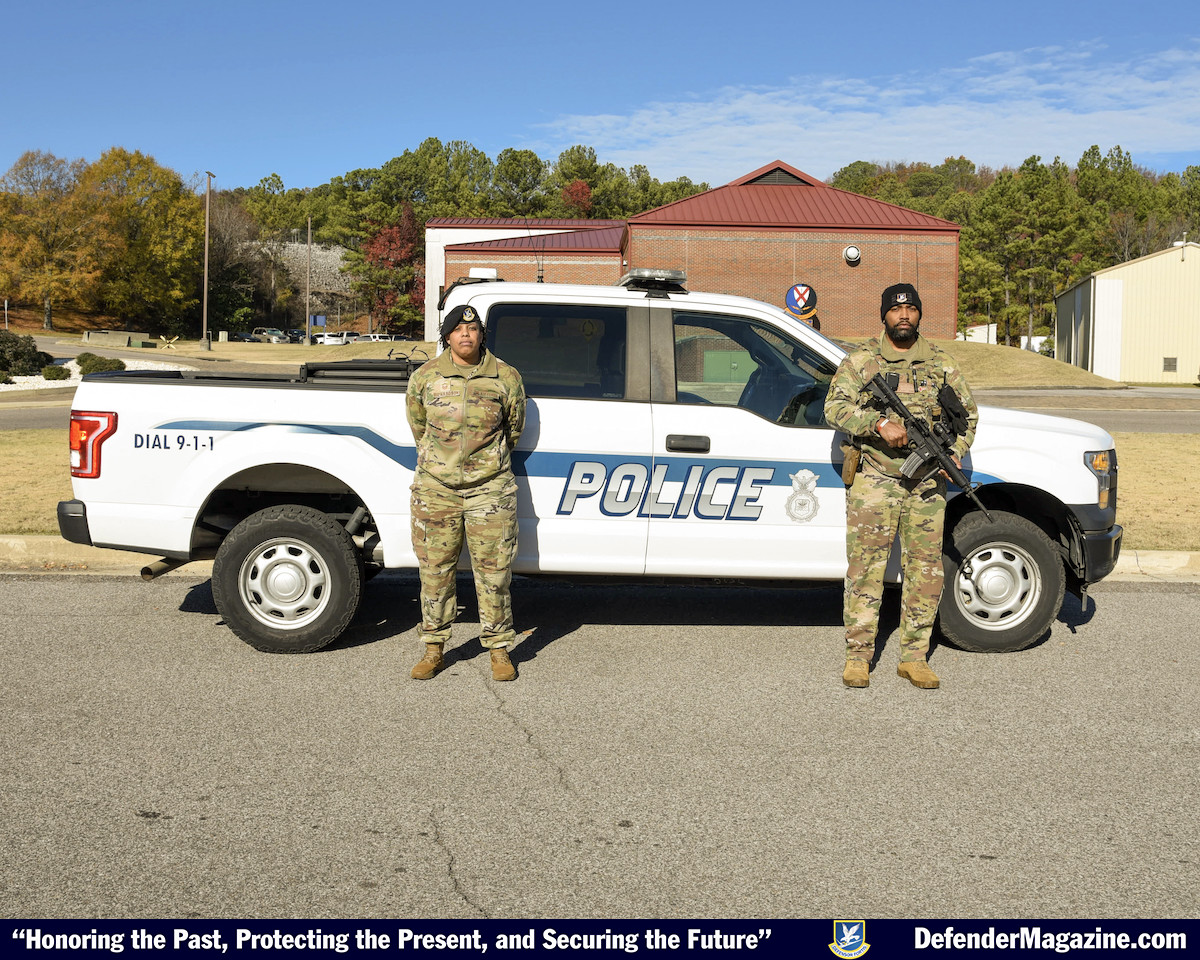
Sumpter Smith Joint National Guard Base, Ala. — This month’s Unit Spotlight is the Base Defense Operations Center (BDOC), a section of the 117th Security Forces Squadron (SFS)!
The primary purpose of the BDOC mission is the safety of personnel and resources on base. Among BDOC’s responsibilities is the command and control operation, communication management and alarm and surveillance monitoring.
“We are the eyes and ears of what is going on here,” said U.S. Air Force Tech. Sgt. Chaka Nettles, BDOC controller, 117th SFS. “In cases of emergency or duress, such as a situation when a security forces member who is at the front gate confronting a hostile action and isn’t able to get to a radio or communicate what is happening for whatever reason, I can send backup units to assist.”
The BDOC is multi-faceted and responds to incidents of fire, medical emergencies and security incidents requiring a physical presence. The BDOC controller could be responsible for anything ranging from supporting response to a person having a heart attack or someone who does not enter the flightline through an entry control point. SFS will respond to most every incident on base and BDOC leads in coordinating the action of SFS.
“We would take the lead as responders if someone with a criminal warrant tries to gain access to base but we would also respond to a fire, evacuate a building and establish a perimeter and in a support role for firefighters in their mission,” said U.S. Air Force Senior Master Sgt. Miranda Richardson, operations superintendent, 117th SFS. “We have established procedures in place for our response and the BDOC controller must use a checklist applicable to the incident.”
Training to be a BDOC controller is done on the job. After tech school a security forces airman will typically work as an entry controller, at the front gate, followed by internal security at a location that needs to be secured within the perimeter, flightline as an example. The training for BDOC is specifically outlined and once someone has established proficiency in securing the base they can train to become a BDOC controller. The airman’s supervisor will assist someone in accomplishing the tasks and recommend them to be tested by standardized evaluation. At this phase of training, someone must successfully pass an oral, written and practical test. A successful practical test would result in the trainee properly utilizing the applicable checklist in a real-life exercise.
Another way in which BDOC increases security is by monitoring and logging security incident information into an internal computer system. This system is used across the Air Force and SFS members across the world can read about security incidents wherever they happen. They can use this information to develop countermeasures for any potential threats. For example, if there are similar security breaches occurring on bases within a geographic area, bases can develop localized security measures to minimize those threats.
- Published
- By Senior Master Sgt. Jeremy Farson
- 117th Air Refueling Wing Public Affairs